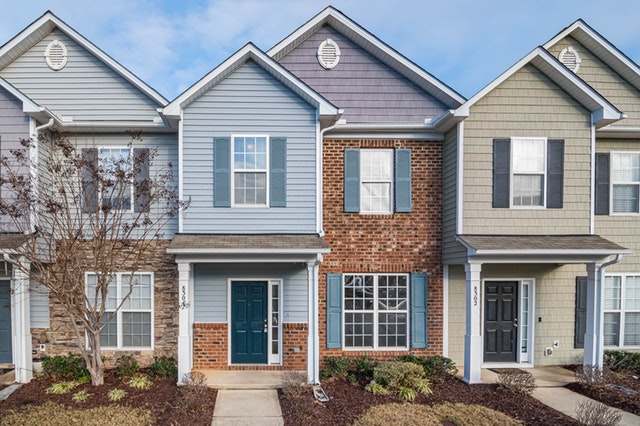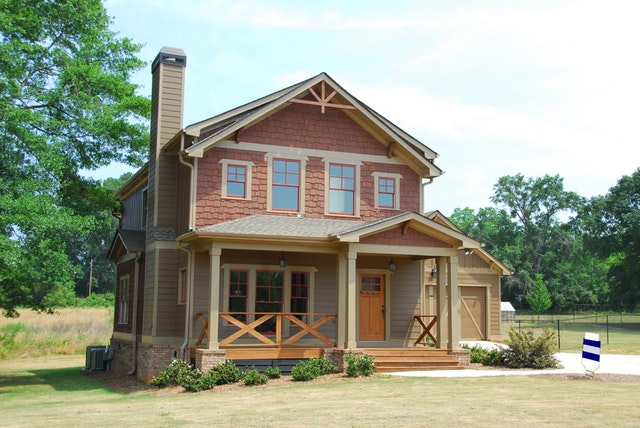3 Tips to Find the Best Neighborhood to Live In
 The vast majority of people are going to move at least once in their life. Moves can vary in distance. Sometimes, these moves are across town. Other times, they might be across the country. Regardless of the distance, is important to find a neighborhood that fits both the budget and lifestyle. There are a few tips to keep in mind.
The vast majority of people are going to move at least once in their life. Moves can vary in distance. Sometimes, these moves are across town. Other times, they might be across the country. Regardless of the distance, is important to find a neighborhood that fits both the budget and lifestyle. There are a few tips to keep in mind.
1. Consider Renting First
Even though there are powerful electronic tools that can help a family narrow down their potential landing spots in a new city, it is impossible to be 100 percent certain that the community is a comfortable fit until actually living there for some time. Therefore, it might be a prudent idea to try renting first.
Renting in that location doesn’t come with the same commitment as buying property. Therefore, if the neighborhood isn’t the right fit, individuals and families can move without having to sell their house. On the other hand, if the community is still a great fit after a few months or a year, it is easier to buy a house at that point in time.
2. Look At The Cost Of Living
Everyone has a budget and most people like to focus on the price of the home. After all, this is likely going to be the biggest expense; however, there are some other factors that are going to play a role as well.
Think about the cost of gas, transportation, the rates on various utilities, healthcare costs, real estate taxes, food prices, and more. All of these factors are going to play a role in how expensive it will be to live in a certain location. Gas prices are going to vary widely depending on state taxes. Some municipalities have local income taxes while others don’t. There might even be HOA fees to consider. Think about all of these factors and their impact on the cost of living.
3. Prioritize Safety
Lastly, even though the financial factors deserve consideration, safety needs to come first. Take a look at the crime rates in the local area. Read some of the local police reports. When visiting, look for signs of vandalism and home damage. This will help everyone estimate the safety of a potential landing spot pretty quickly. Safety should always come first.
If you are in the market for a new home or interested in refinancing your current property, be sure to contact your trusted home mortgage professional.

 Buying a home for the first time can be a challenge. One of the tools created to help people buy a home for the first time comes in the form of FHA loans. There were loans that were supported by the Federal Housing Administration (FHA). They can require a down payment that is as low as 3.5 percent.
Buying a home for the first time can be a challenge. One of the tools created to help people buy a home for the first time comes in the form of FHA loans. There were loans that were supported by the Federal Housing Administration (FHA). They can require a down payment that is as low as 3.5 percent.  For most individuals and families, their home is the most expensive investment they will ever purchase. Therefore, it is important for everyone to take care of their home. Routine maintenance can prevent costly repairs from arising down the road.
For most individuals and families, their home is the most expensive investment they will ever purchase. Therefore, it is important for everyone to take care of their home. Routine maintenance can prevent costly repairs from arising down the road.